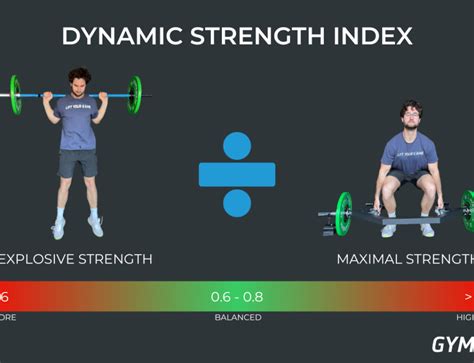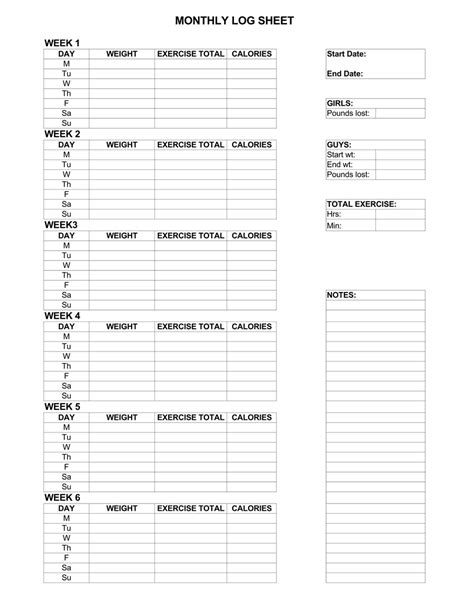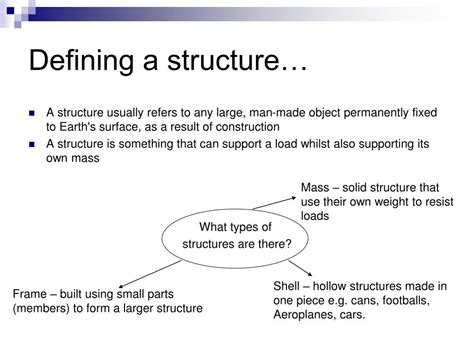Unlock faster gains: How to optimize progressive overload for peak male performance?

The Undeniable Truth: Why Progressive Overload is Your Growth Engine
For any man serious about building muscle, increasing strength, and transforming his physique, understanding and applying progressive overload isn’t just a suggestion – it’s the fundamental law of physical adaptation. Simply put, progressive overload is the gradual increase of stress placed upon the musculoskeletal system. Without it, your body has no reason to get stronger or bigger. It’s the essential stimulus that forces your muscles to adapt and grow beyond their current capacity.
Too many men hit plateaus because they perform the same routines, with the same weights, reps, and sets, week after week. While consistency is vital, a lack of progressive overload means you’re essentially treading water. To unlock new levels of strength and hypertrophy, you must continually challenge your body in a structured, sustainable way.

Core Principles: What Progressive Overload Looks Like in Practice
Progressive overload isn’t solely about adding more weight to the bar, though that’s certainly a key component. It encompasses various methods to increase the demand on your muscles. Understanding these methods allows for more strategic and consistent progress, even when increasing weight isn’t feasible or desirable.
1. Increase the Weight (Load)
This is the most straightforward and often most effective method. Once you can comfortably complete your target reps and sets with good form, it’s time to increase the weight. Even a small increase (e.g., 2.5 lbs or 1.25 kg per side) can provide the necessary stimulus for adaptation over time.
2. Increase the Repetitions
If you’re unable to increase the weight, aim for more reps within your current set scheme. For example, if you typically do 3 sets of 8 reps, try to hit 9 or 10 reps in your first set. Once you can consistently achieve the higher rep range across all sets with the current weight, then it might be time to increase the load.
3. Increase the Sets (Volume)
Adding an extra set to an exercise is another way to increase the overall work capacity and challenge your muscles. Be mindful not to overdo this, as excessive volume can hinder recovery and lead to overtraining. A gradual increase is always best.

4. Improve Form and Time Under Tension
This is a subtle but powerful form of progressive overload. Executing a lift with stricter form, a fuller range of motion, or controlling the eccentric (lowering) phase more effectively significantly increases the demand on the target muscles. You might even need to decrease the weight temporarily to perfect form, but the long-term gains will be superior.
5. Decrease Rest Periods
Reducing the rest time between sets forces your muscles to recover faster and work harder under fatigue. This boosts cardiovascular conditioning alongside muscular endurance, creating a different type of stimulus. However, be cautious not to reduce rest so much that it compromises your ability to lift challenging weights.
6. Increase Frequency
Training a muscle group more often throughout the week (e.g., twice instead of once) can lead to more opportunities for stimulus and growth, provided your recovery is adequate. This is a more advanced technique that requires careful programming.

Strategic Implementation: Periodization and Tracking
To truly optimize progressive overload, you need a plan. Randomly attempting to lift heavier or do more reps each week is a recipe for injury and burnout. This is where basic periodization and meticulous tracking come into play.
- Workout Journal: This is non-negotiable. Track every set, rep, and weight for every exercise. Note how you felt, any form issues, and rest times. This data is crucial for knowing when and how to progress.
- Small, Consistent Steps: Don’t jump from 100 lbs to 120 lbs. Aim for incremental progress. A 2.5 lb increase on your bench press every week for a year is an extra 130 lbs!
- Deload Weeks: Every 6-12 weeks, consider taking a deload week where you significantly reduce your volume and/or intensity. This allows your body to fully recover, repair, and come back stronger, preventing burnout and reducing injury risk.

Avoiding Plateaus and Ensuring Longevity
Eventually, everyone hits a plateau. When progress stalls, don’t despair. Re-evaluate your training log, ensure your form is perfect, and consider switching up your overload strategy. For instance, if you’ve been primarily increasing weight, focus on increasing reps or time under tension for a few weeks. Sometimes, a short break or a change in exercise variation (e.g., from barbell bench press to dumbbell bench press) can reignite progress.
Beyond the gym, your gains are built on pillars of proper nutrition and adequate sleep. Consuming enough protein, complex carbohydrates, and healthy fats is paramount for muscle repair and growth. Aim for 7-9 hours of quality sleep per night, as this is when the majority of your physical recovery and hormonal optimization occurs. Neglecting these aspects will severely limit your ability to progressively overload and achieve your desired physique.

Your Blueprint for Continuous Gains
Progressive overload is not a complex secret; it’s a simple, scientific principle that underpins all effective strength and muscle building. By systematically challenging your body in various ways – whether it’s through more weight, more reps, better form, or increased volume – you provide the continuous stimulus necessary for adaptation. Embrace meticulous tracking, prioritize recovery, and remain consistent, and you will unlock faster, more satisfying gains on your journey to peak male performance. Stop training for maintenance, and start training for growth.








